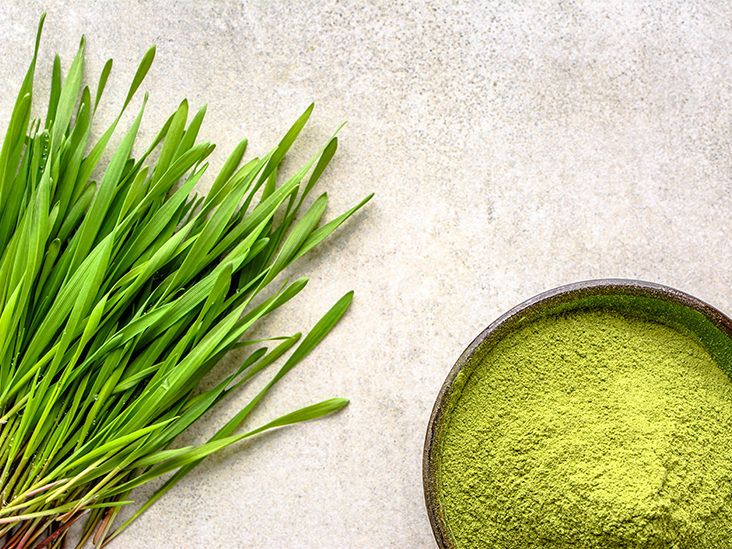
We checked in with registered dietitian nutritionist, Kim Rose, to learn more about the superfoods wheatgrass and barley grass. Here's a breakdown of what you need to know about these ingredients, and why we're such big fans.
Rumor has it, both wheatgrass and barley grass are full of health producing compounds and vitamins. This even goes for kamut greens, which are derived from wheatgrass. Here are 3 reasons why you may want to increase your intake of these great greens:
1) They're Rich in Antioxidant Compounds:
Before we begin, let’s address the elephant in the room—what exactly are wheatgrass and barley grass? Wheatgrass, it's kamut green bi-product, and barley grass are young sprouted leaves. These leaves carry a one-two-knockout punch—but not in a bad way...promise. Both wheatgrass and barley grass get their green color from the chlorophyll they contain. Besides color, chlorophyll also shows antioxidant activity. Antioxidants protect the cells of the body from damage related to pollutants such as secondhand smoke, smog, UV light, and other free radicals.
2) They Have Several Other Health Benefits:
To say the least, wheatgrass and barley grass are both powerhouses because they tout awesome health benefits. For instance, various research studies show evidence of their support for heart health and balanced blood sugar levels (1, 2, 3). But since the majority of this research has been done in labs and with animals, more studies need to be conducted with humans for more decisive conclusions to be made. Either way you look at it, research is promising.
3) They're Naturally Gluten Free:
Wheat and barley grain, in themselves, contain gluten. This is especially important information for persons who struggle with celiac disease and gluten sensitivity. But did you know that wheatgrass is naturally gluten free (4) ? That’s right. It is devoid of any gluten protein whatsoever. That is because the young leaves are not the same as the grain. The same can be said of barley grass, especially if the leaves are picked prior to the seeds sprouting. However, as a general rule of thumb, it is highly recommended to exercise great caution if you have a serious food sensitivity or allergy when consuming either wheatgrass, kamut greens, and barley grass.
As a dietitian, not only do I like the earthy tastes of wheatgrass, kamut greens, and barley grass, but I am impressed with their nutrient profiles. Next time you come across either of these two ingredients, try some. And don’t be afraid to tell us what you think. We'd be curious to know.
Questions? Send us an email at hello@splendidspoon.com. Ready to kiss meal planning goodbye? Get started today with plant-based meals delivered to your door.
References:
(1)https://pubmed.ncbi.nlm.nih.gov/26156538/
(2)https://pubmed.ncbi.nlm.nih.gov/30951844/
(4)https://www.ars.usda.gov/research/publications/publication/?seqNo115=322552
